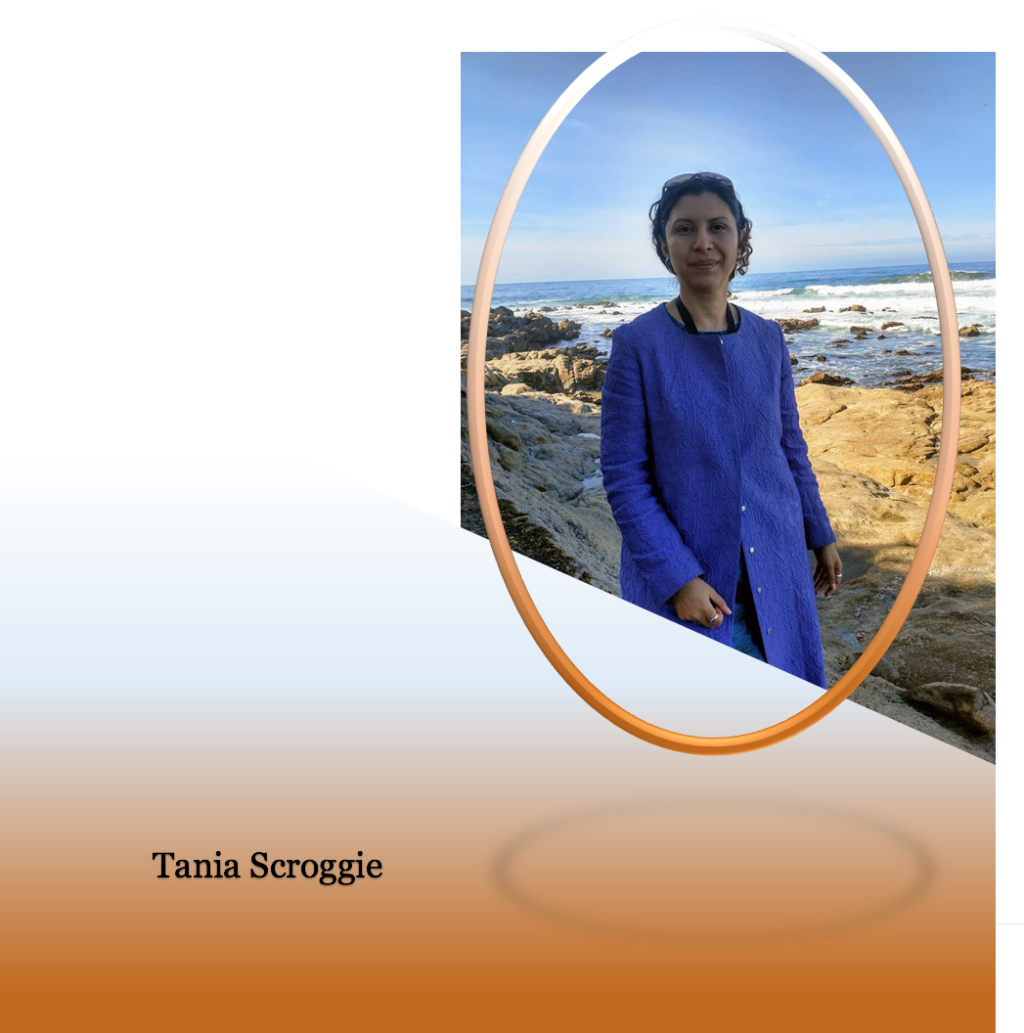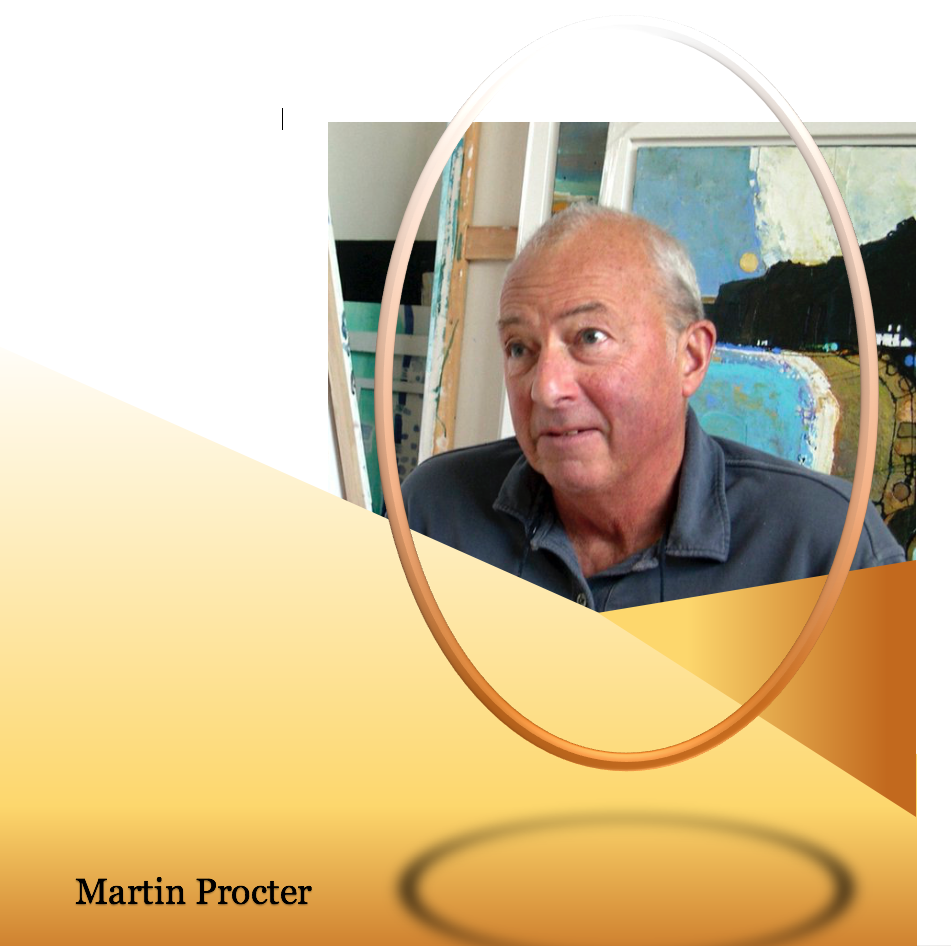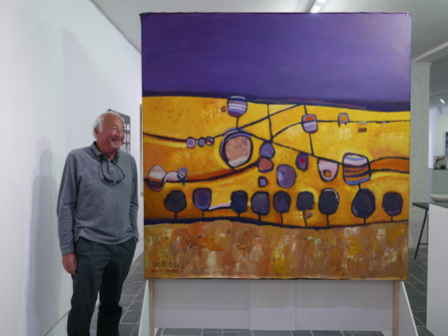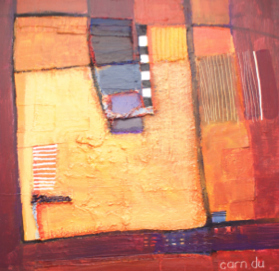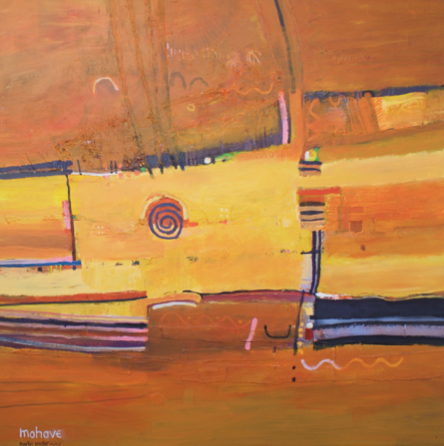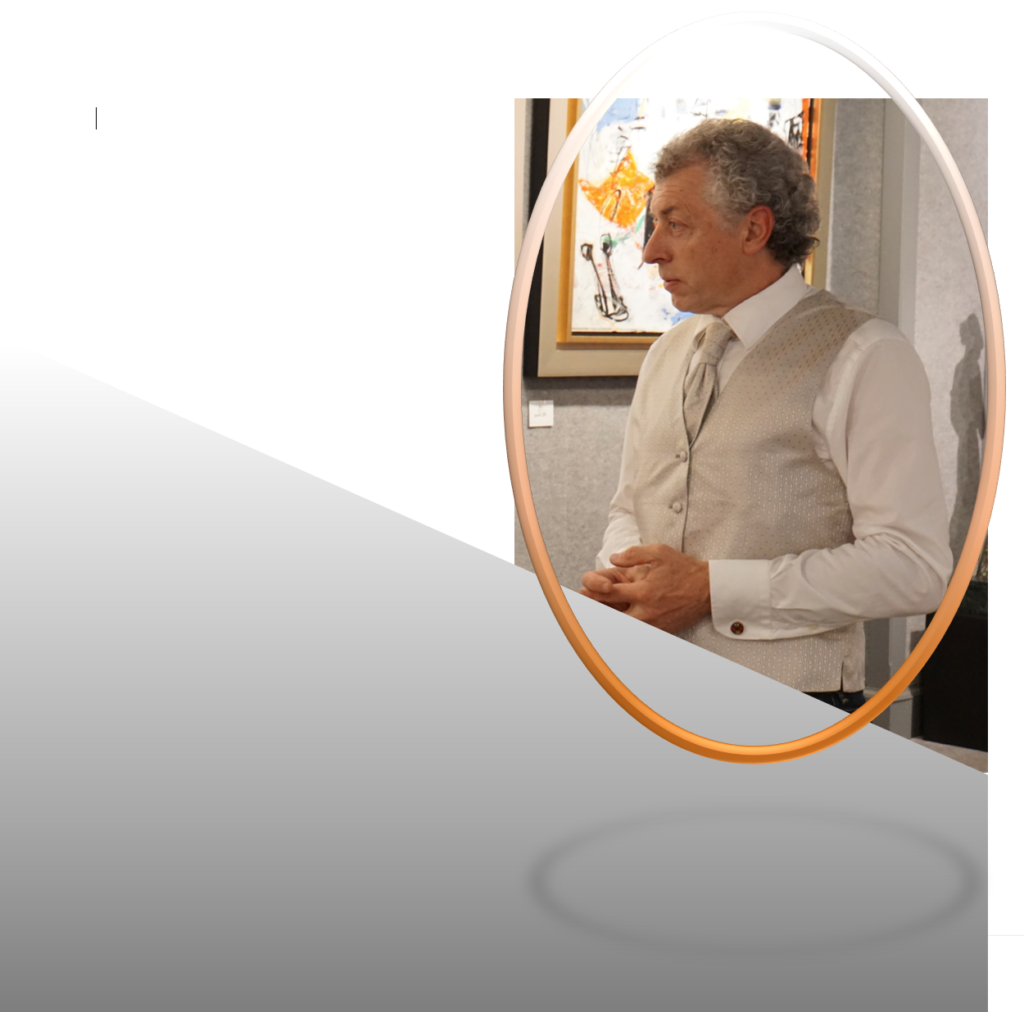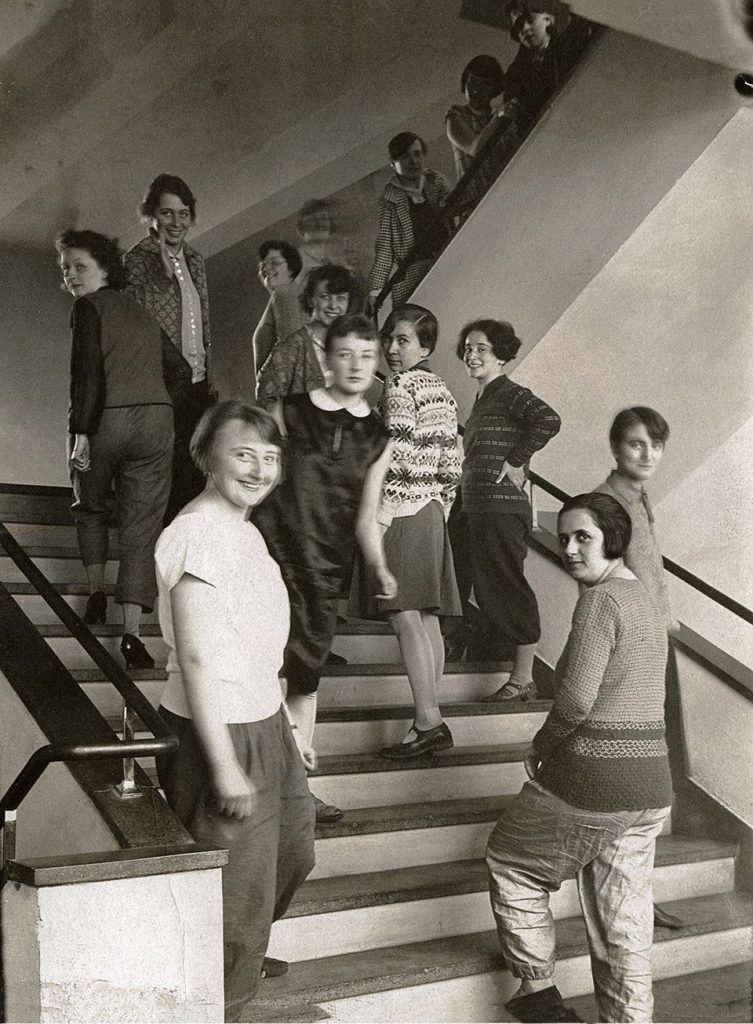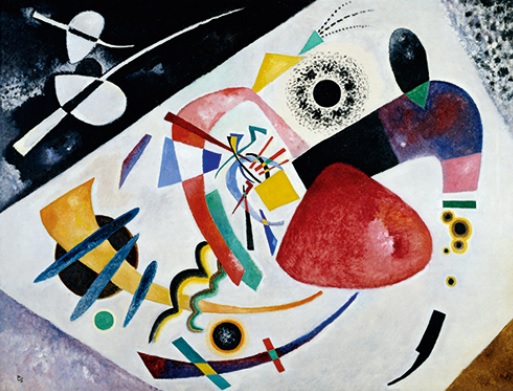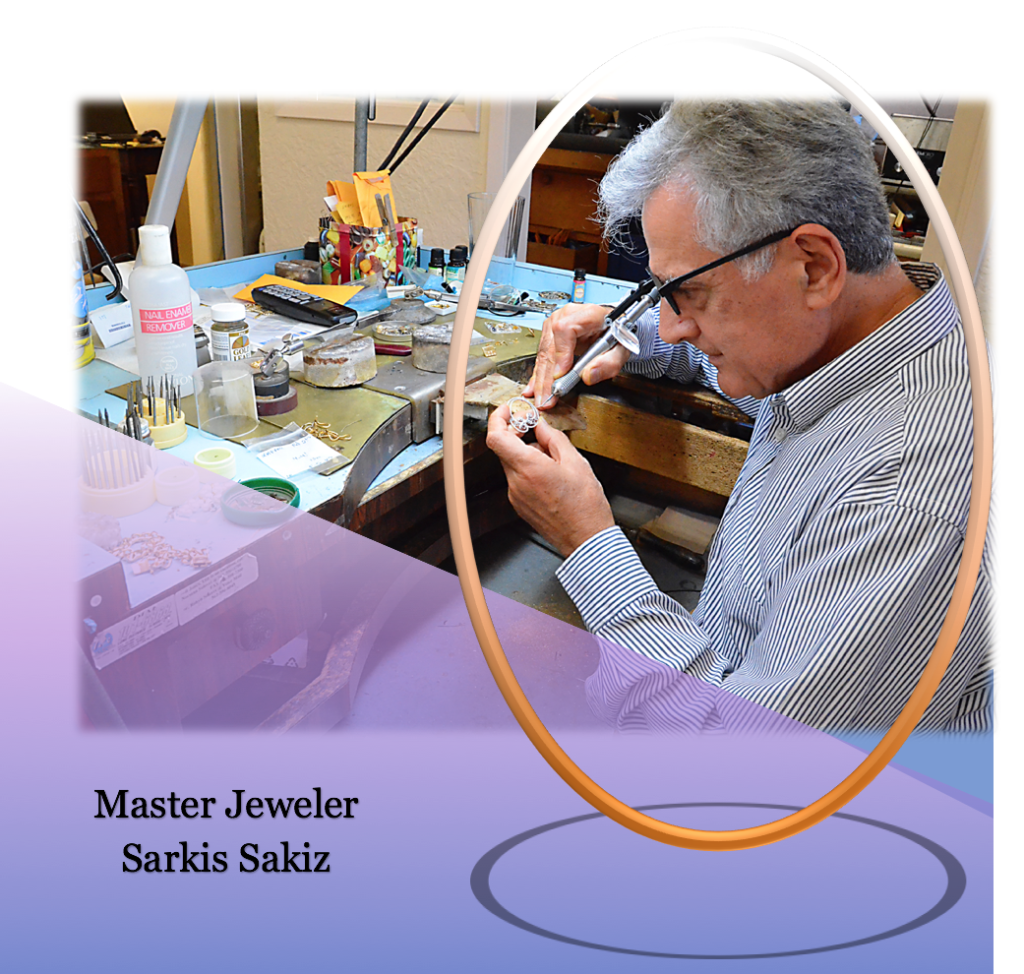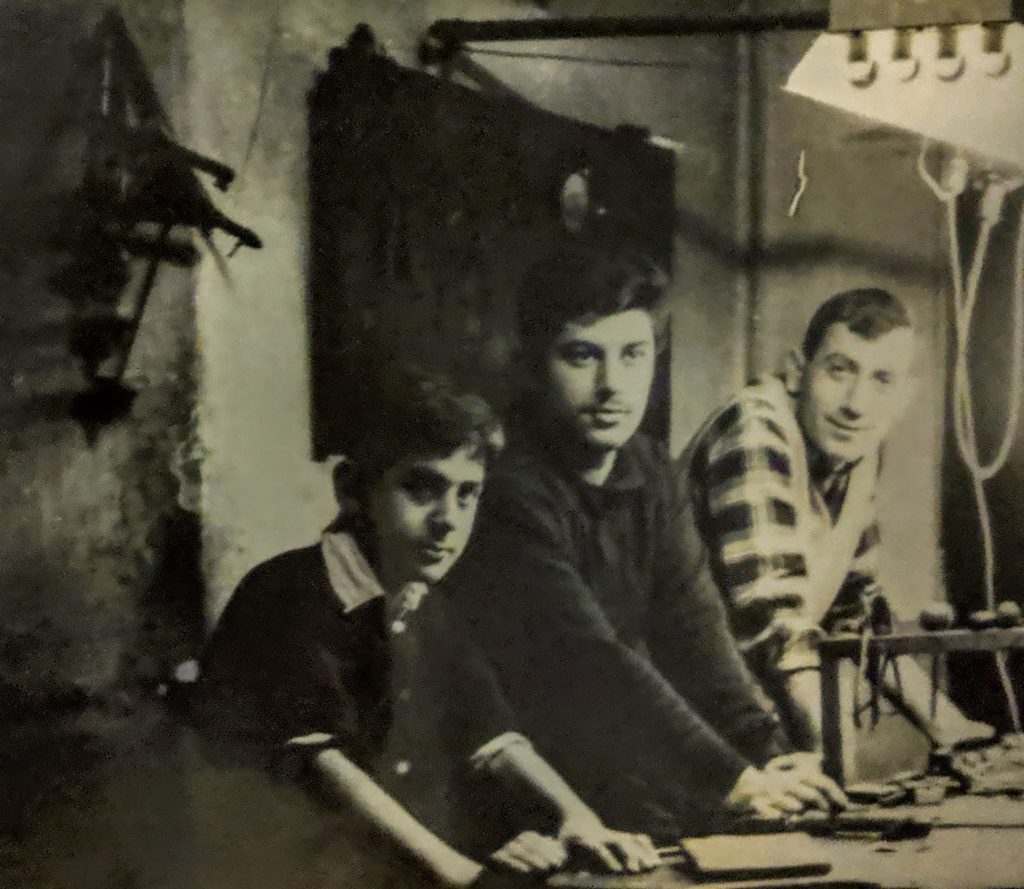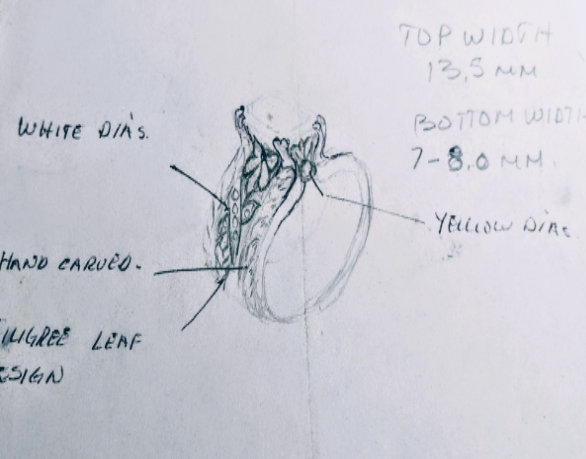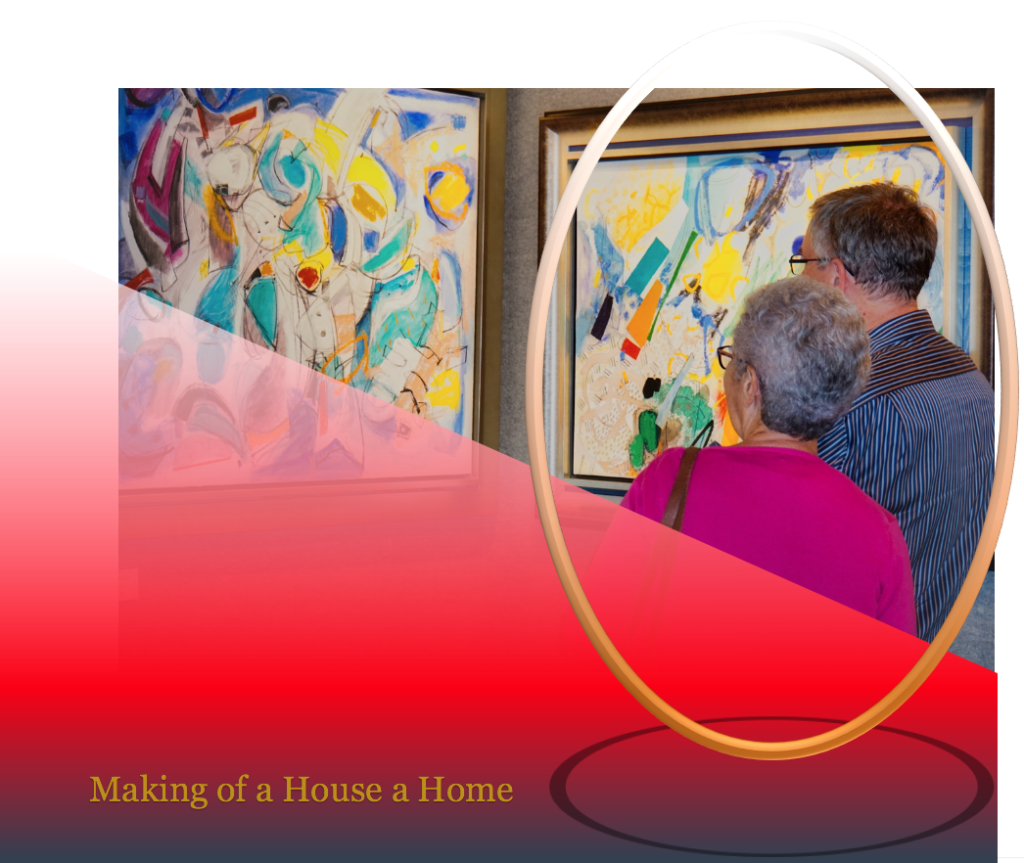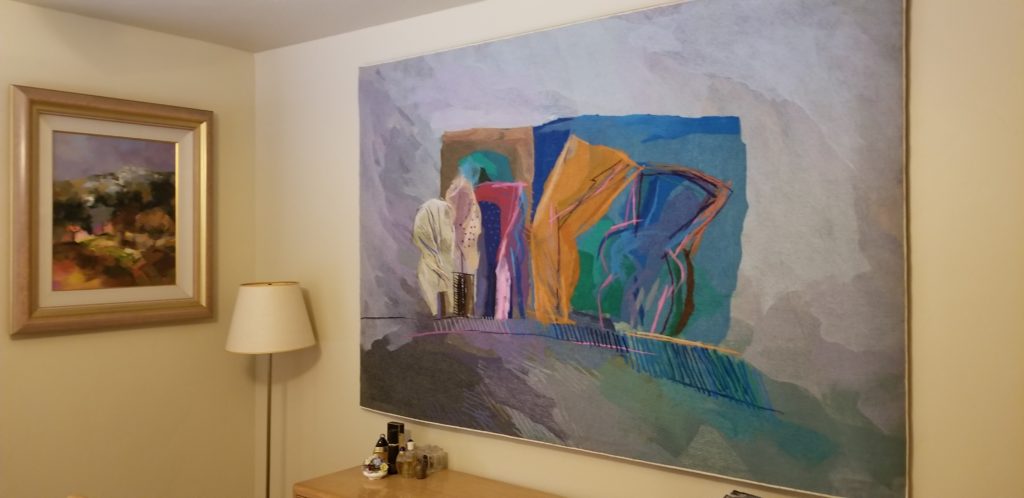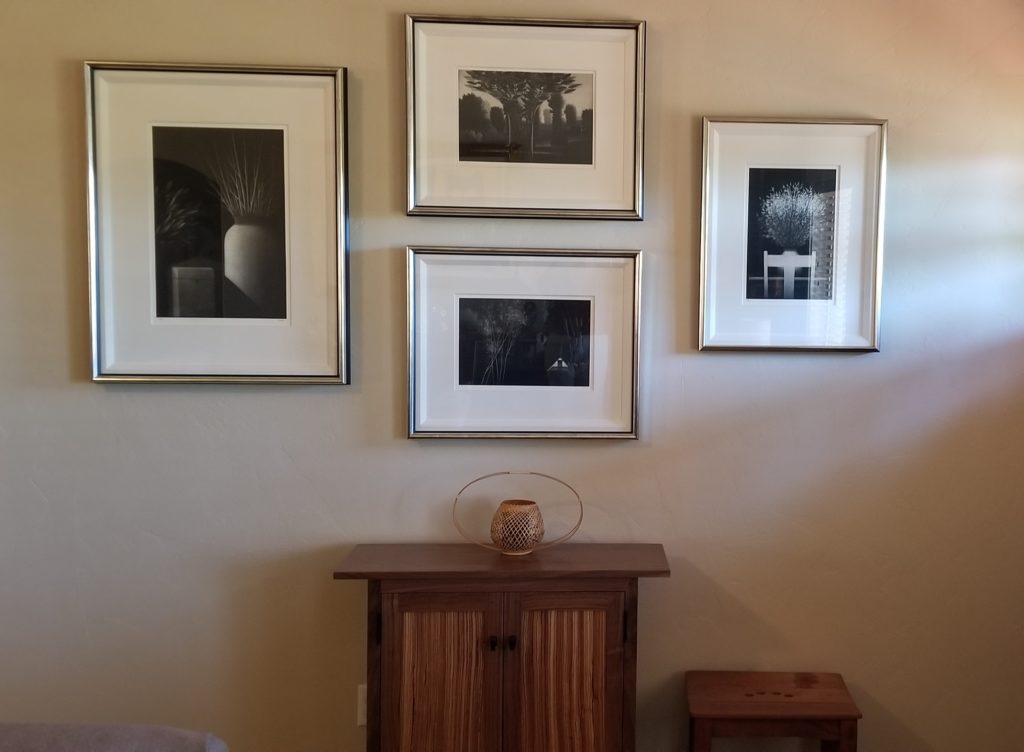A Time Without Art, The Case for Beauty – by Tania Scroggie
Several months ago, as if on automatic pilot, I rushed out of my house directly to the beach in Carmel to contemplate the ocean. As I sat in my car observing the vast amount of beauty, I could see that my emotional state was not right. For a moment I felt lost, incapable of coping with my own existence, not knowing what to do, nor how to move forward. Even the inviting sidewalks, the beautiful babies, and the cute puppies strolling the beach didn’t soothe my spirit.
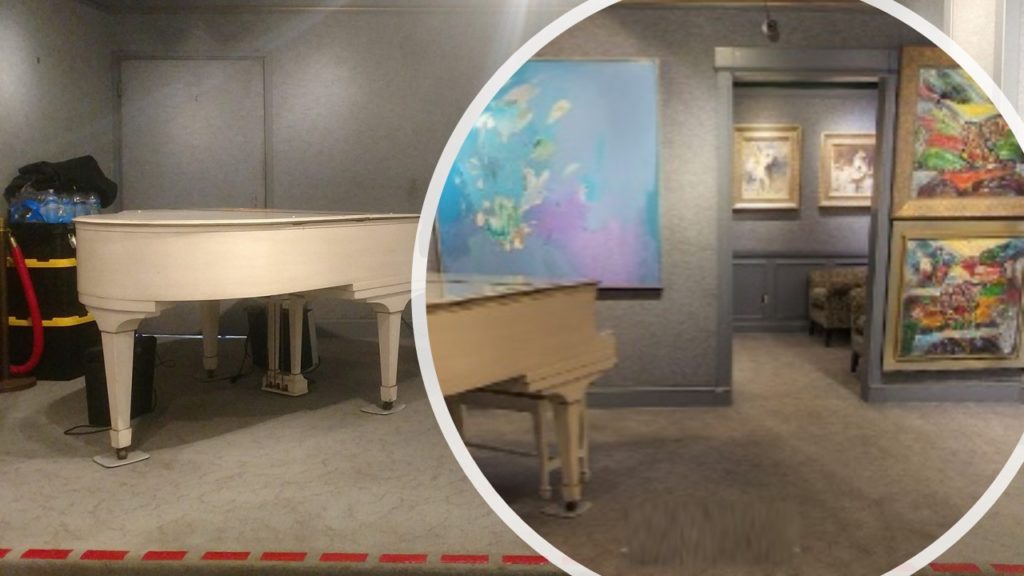
But, as I have learned, I had to push forward and take in the beauty that was available to me at the moment. As I drove around the scenic route it finally hit me that, for one week I had not been surrounded by the beautiful art at the Gallery. Due to recent maintenance, we had closed the storefront and had moved to work out of a nearby office, always in the town, but not in a gallery setting. There was no paradise. I was starving for beauty. Since I am usually surrounded by art, I had not made any effort to read or listen to any beautiful music or poetry.
Philosophy teaches that there are different levels of energy produced by the body, and we have all experienced them. For example, the energy produced by reading a mathematical equation and the energy produced by receiving a kiss are completely different. One is intellectual and one is emotional. The latter is a more refined energy, and makes our inner world vibrate with life. This explains our constant search for joy, beauty, and love, because those elements increase the quality and quantity of the energy available to us.

Love itself requires an even higher production of energy. Since our energy states vary throughout the day, our state of love is also in constant fluctuation. We fall in and out of love so easily. At times, it is not that we don’t love the ones close to us, it is just that, with an over demanding society, always on the go, there is not enough energy left to sustain the state of love.
Since the moment I became aware that the energy levels within me are within my control, I made the decision to abandon the arid, plain, bare walls, and golden shackles of high-tech corporate America, and I traded them for a humbler, yet, internally more fulfilling environment. The result has been a more soothing, creative life, and overall, the moments of happiness are more constant and longer lasting.

So, what happens when we are surrounded by beauty? Unbeknownst to us, beauty in the form of art, classical music, poetry, literature, theater, opera, architecture, beautiful nature, etc. act as batteries that sustain energy levels by supplying our bodies with constant, pleasant sensations. In everyday life, the difference at first can be so tiny, but it can be felt when we go on vacation. On vacation, our entire surroundings change and the lack of routine enhances our senses. In fact, this is the reason why we go on vacation and why Carmel is such a wonderful destination. There is more than just the visual stimulus from nature, but the banquet to the senses is enhanced by beautiful food, art, and music.
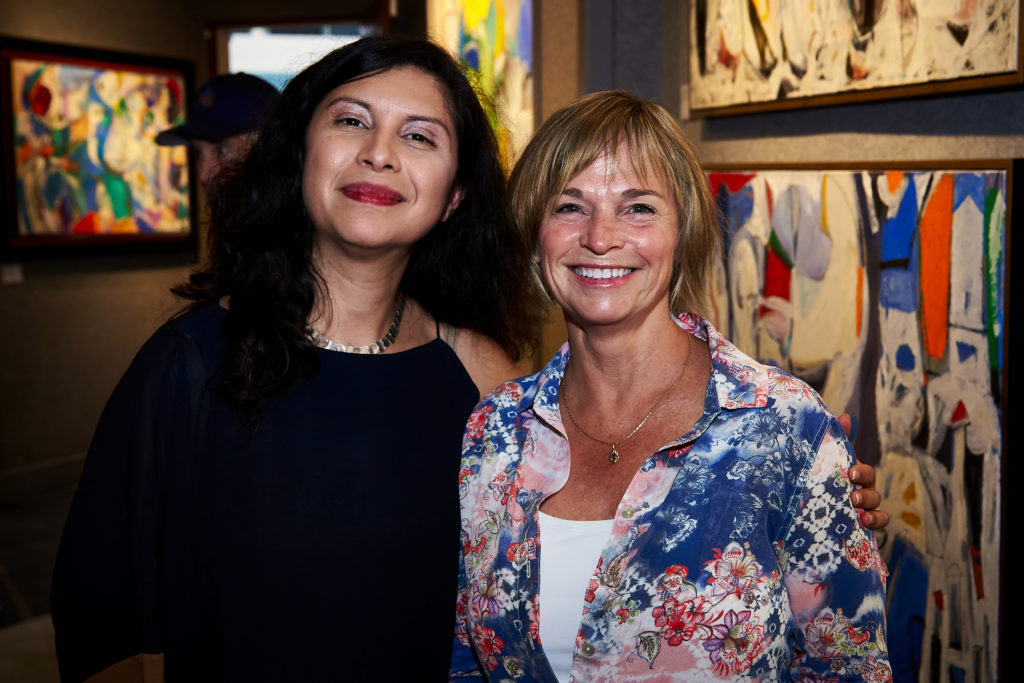
Once we leave town and return to normal life, the lack of beauty in our surroundings begins to dull down senses and life becomes plain and arid. Negative emotions begin to weight us down, and what I call the wound of birth aches, and the effort to sustain the living experience takes its toll. The roller coaster of emotions begins and the shifting from happiness to anger, to love and nostalgia, take over, all based on the amount and quality of energy the body is producing. We talk about depression? Let’s talk about a crisis in lack of beauty. Without a constant source of pleasant sensations assisting the body, the daily energy drops and we can find ourselves in an endless cycle of suffering.
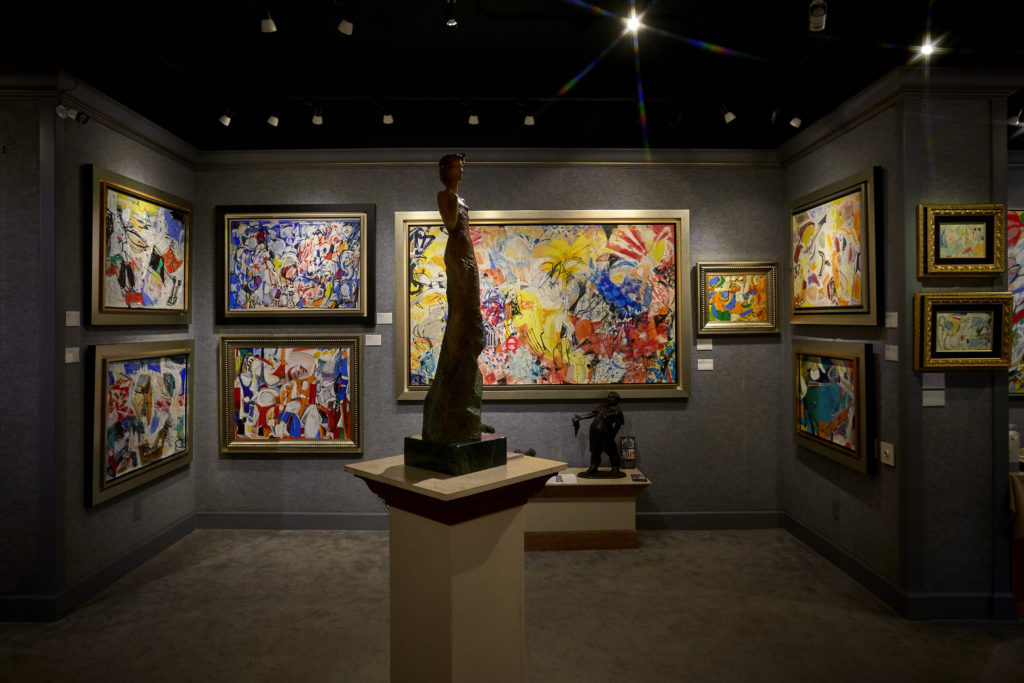
Art cushions the daily routine by opening up the senses, allowing us to be more in tune with our surroundings. Art reminds us that there is more to our existence than the fleeting moment, the regretted past, and the uncertain future.
While we are not always lucky enough to be surrounded by beauty and beautiful sensations, we can always understand the need for beauty and make efforts to find it. Beauty must become a necessity in our daily existence. We must realize that beauty goes beyond buying power.
It wasn’t until that Saturday that I realized how spoiled I had become, and how much the Art at the gallery lifts my emotional state. Art has truly become an imperative need in my life. With technology so readily available, I then knew that I had to more intentionally surround myself with things that bring me that sense of beauty such as the writings of Rainer Maria Rilke, Seneca, Walt Whitman, the music of Vivaldi, Mozart, and the paintings of Da Vinci that, thanks to technology, are now so much more accessible to me.
The closing of the gallery was just a temporary situation and I soon returned to my typical mornings filled by the beautiful smile of my boss, our cup of coffee, and a gallery of Beautiful art.
A time without art provoked in me a “lack of art” asthma attack. Without art there is no living. Surround yourself with beauty.
